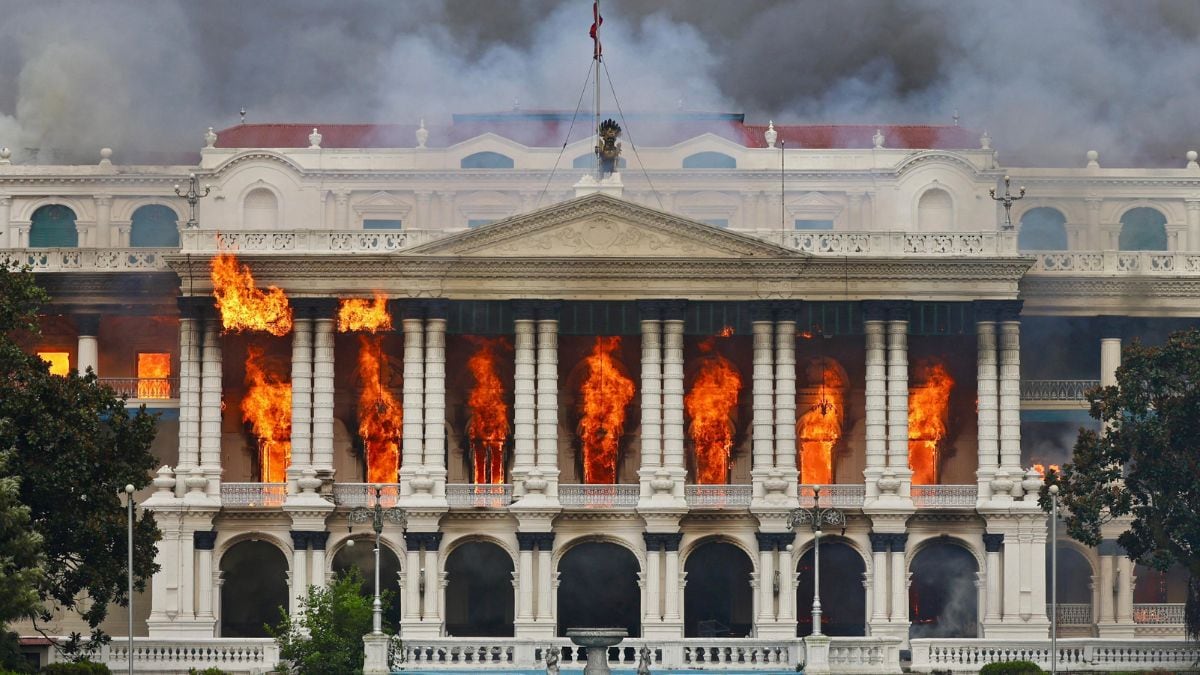By Harold James
Princeton: The alternatives for Europe’s currency, the euro, seem increasingly limited to a desperate muddling through or a chaotic collapse. But there is a bolder and more productive approach that relies on past experience with multiple currencies.
The threat posed by Europe’s current policy impasse can hardly be overestimated. In the early 1930s, monetary-policy incoherence paralysed US policy, with the Federal Reserve Bank of New York locked in insurmountable conflict with the Chicago Fed over monetary easing (at that time through open-market securities purchases). Today’s chronic policy disputes between Germany and France are producing a level of uncertainty that is potentially even more destructive.
[caption id=“attachment_123501” align=“alignleft” width=“380” caption=“efore the victory of the gold standard in the 1870s, Europe had operated with a bimetallic standard for centuries, using silver as well as gold. Photo:Digitalmoneyworld/Flickr”]  [/caption]
Every few months, European governments launch a new and ever more ingenious initiative to resolve the eurozone’s debt crisis. For a day (and sometimes only for a few hours), financial markets rally euphorically. But soon doubt sweeps back in. There is no sense of a realistic endgame. And there is no longer-term vision of how the fiscal integration needed for the effective operation of a monetary union could be achieved in a practical timeframe.
Blast from the past
Europeans should look to the past, when previous crises produced innovative solutions. The extended crisis of the European Monetary System (EMS) between September 1992 and July 1993 looked as if it would derail European integration. What was initially seen as a problem in one country (Italy) toppled other currency regimes like dominos: Britain, Spain, and Portugal - and, by July 1993, even France was vulnerable. Then, as now, Europe’s future was at stake.
Impact Shorts
More ShortsThe solution adopted in frantic late-night negotiations in Brussels initially looked counterproductive. The massive widening of the EMS bands to 15 percent on either side of a central parity initially made a single currency appear more remote. But it also took away the one-way-bet character of speculative attacks on vulnerable currencies, and thus removed the fundamental driver of instability.
The modern equivalent of the band widening of 1993 would be to maintain the euro for all members of the eurozone, but also allow some of them (in principle, all of them) to issue - if necessary - national currencies. The countries that did would probably find that their new currencies immediately traded at a heavy discount. California recently adopted a similar approach, issuing IOUs when faced with the impossibility of access to funding.
The success of stabilisation efforts could then be assessed according to the price of the new currency. If the objectives were met - fiscal stabilisation and renewed growth - the discount would disappear. In the same way, after 1993, the French franc initially diverged from its old level, but, in a good policy setting, it then returned within the exchange-rate band.
This approach has an important advantage: it would not require the redenomination of bank assets or liabilities. As a result, it would not be subject to the multiple legal challenges that a more radical alternative would run into.
Of course, there would also be the possibility that no convergence would occur, and that the two parallel currencies would coexist for a much longer period. This is not a novel thought. One of the possibilities raised in the discussions on monetary union in the early 1990s was that a common currency might not mean a single currency. That possibility is not just a theoretical construct in fringe debates two decades ago; it is a real historical alternative.
Like gold and silver
In fact, there is a rather surprising parallel for stable coexistence of two currencies over a long period of time. Before the victory of the gold standard in the 1870s, Europe had operated with a bimetallic standard for centuries, using silver as well as gold. Each metal had its different coinage. This regime was so successful in part because the coins were used for different purposes. High-value gold coins were used as a reference for large-value transactions and international business. Low-value silver coins were used for small day-to-day transactions, including payment of modest wages and rents. Silver was what Shakespeare termed the “pale and common drudge ’tween man and man.”
A depreciation of silver relative to gold in this system would bring down real wages and improve competitiveness. Early modern Italian textile workers would find their pay in silver reduced, while their products still commanded a gold price on the international market for luxuries. This is one of the reasons why theorists such as Milton Friedman considered a bimetallic standard inherently more stable than a monometallic (gold-based) regime.
Nowadays, the equivalent of the adjustment mechanism in the early modern world of bimetallism would be a fall in, say, Greek wage costs paid in the national currency, as long as it was traded at a discount. These would be the silver currencies.
Meanwhile, the euro would be the equivalent of the gold standard. It would be kept stable by the institutions that already exist today, the European Central Bank and those national central banks that have no new alternative. In this sense, the core countries would be the equivalent of eighteenth- and early nineteenth-century Britain, which had only a gold-standard regime.
Maintaining a choice of currencies in a national as well as an international setting seems odd and counterintuitive. But it can - and has - been done, and it can be remarkably successful at satisfying peak demand for stability.
Harold James is Professor of History and International Affairs at Princeton University and Professor of History at the European University Institute, Florence. He is the author of The Creation and Destruction of Value: The Globalization Cycle_._
Copyright: Project Syndicate


)

)
)
)
)
)
)
)
)



